Have you ever wondered what the acronym LGBTQIA+ stands for? Are you completely unfamiliar with the meaning of each letter? Or are you an ally that just wants to show their support to the community but isn’t well acquainted with its abbreviation?
Well, fear no more. We’re going to give you a breakdown of what each letter of LGBTQIA+ stands for accompanied by their individual flags…yes there’s more than just the rainbow one!
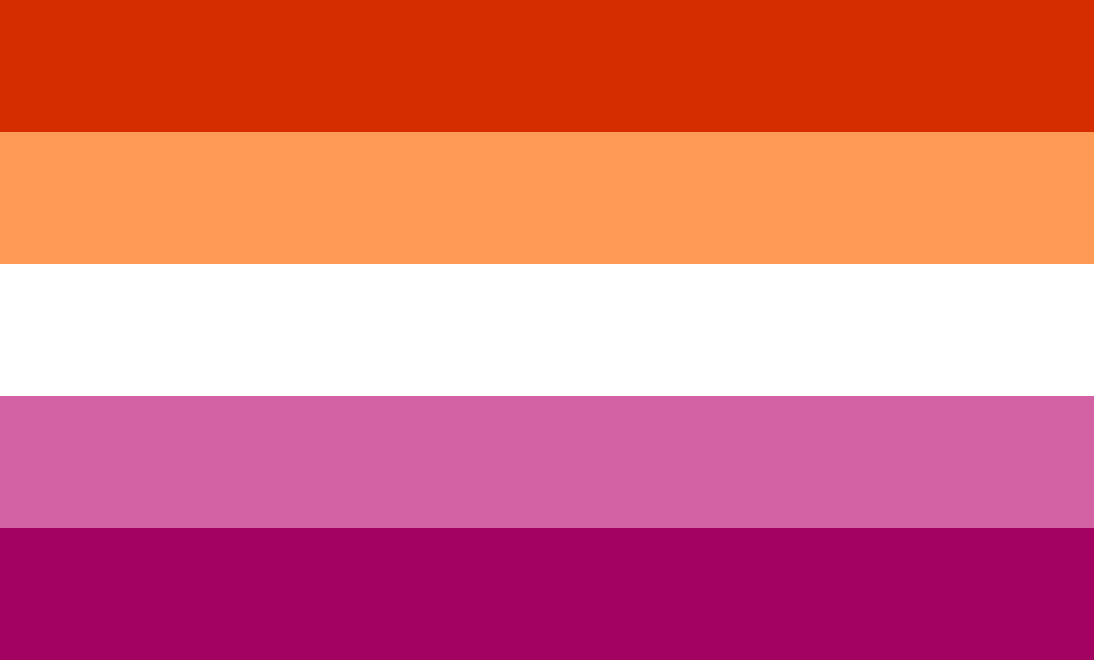 Taqwomen/ShimmeringAtoms, CC0, via Wikimedia Commons
Taqwomen/ShimmeringAtoms, CC0, via Wikimedia Commons
L – Lesbian
A lesbian is a woman in any sense of the word that is attracted to other women. Essentially, that is a homosexual woman.
You may know Haley Kiyoko, an American singer and actress, from the hit Disney productions Lemonade Mouth and The Wizards of Waverly Place. But did you know that she is an LGBTQ+ rights activist and a lesbian herself?
Haley knew she was attracted to girls since she was young, but she struggled quite a lot with her feelings and coming to terms with her sexuality. As she grew older, she started using her platform to help and encourage members of the community to embrace their true selves and stop living in fear. Through her music which focuses on her own experience with her identity, Haley hopes to inspire confidence in people to be who they truly are.
Among her many talents, Haley Kiyoko is a proud lesbian woman, a gay icon and (labeled by her fans) the ‘Lesbian Jesus’.
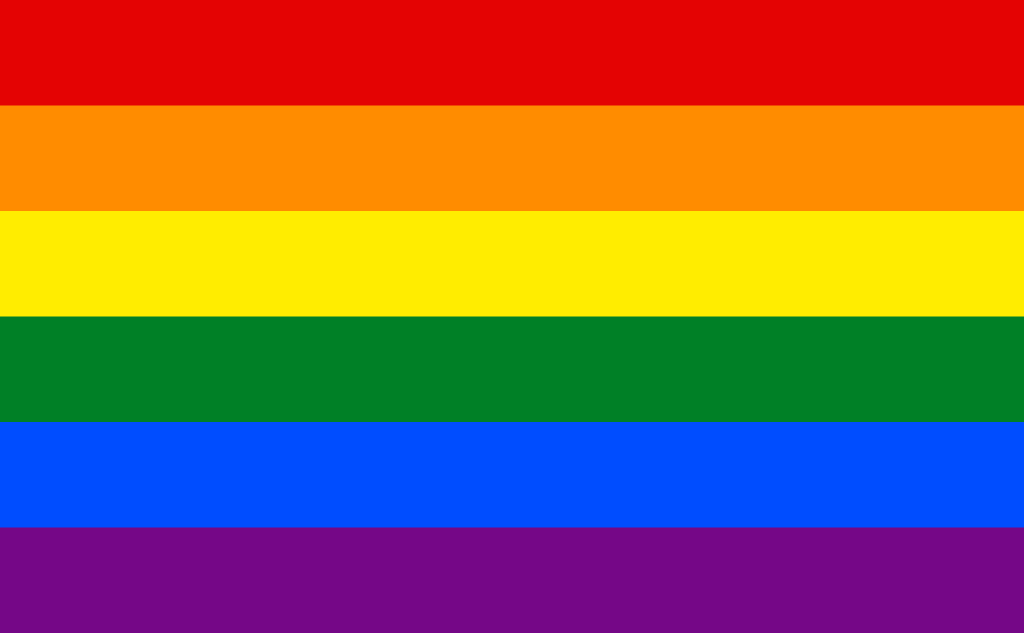 Guanaco and subsequent editors, Public domain, via Wikimedia Commons
Guanaco and subsequent editors, Public domain, via Wikimedia Commons
G – Gay
The letter G in the acronym stands for gay. The word gay is defined by a man who is attracted solely to other men.
A notable representation of the gay community is the South Korean singer Holland. When he officially debuted in 2018, Holland became the first openly gay K-Pop singer. For us, this may not seem like a huge achievement, but for the LGBTQIA+ community in Korea it was a monumental feat. While homosexual activities are legal in the country, same-sex legal partnership is not and there is a severe lack of anti-discrimination laws protecting the LGBTQIA+ members.
Despite the stigma attached to homosexual people in Korea, Holland bravely made his debut. Using his career and platform to speak of his experiences with the violence inflicted on sexual minorities. He hopes one day that other public figures and ordinary people will get the courage to do the same as he did – embrace their sexuality and quit living in fear.
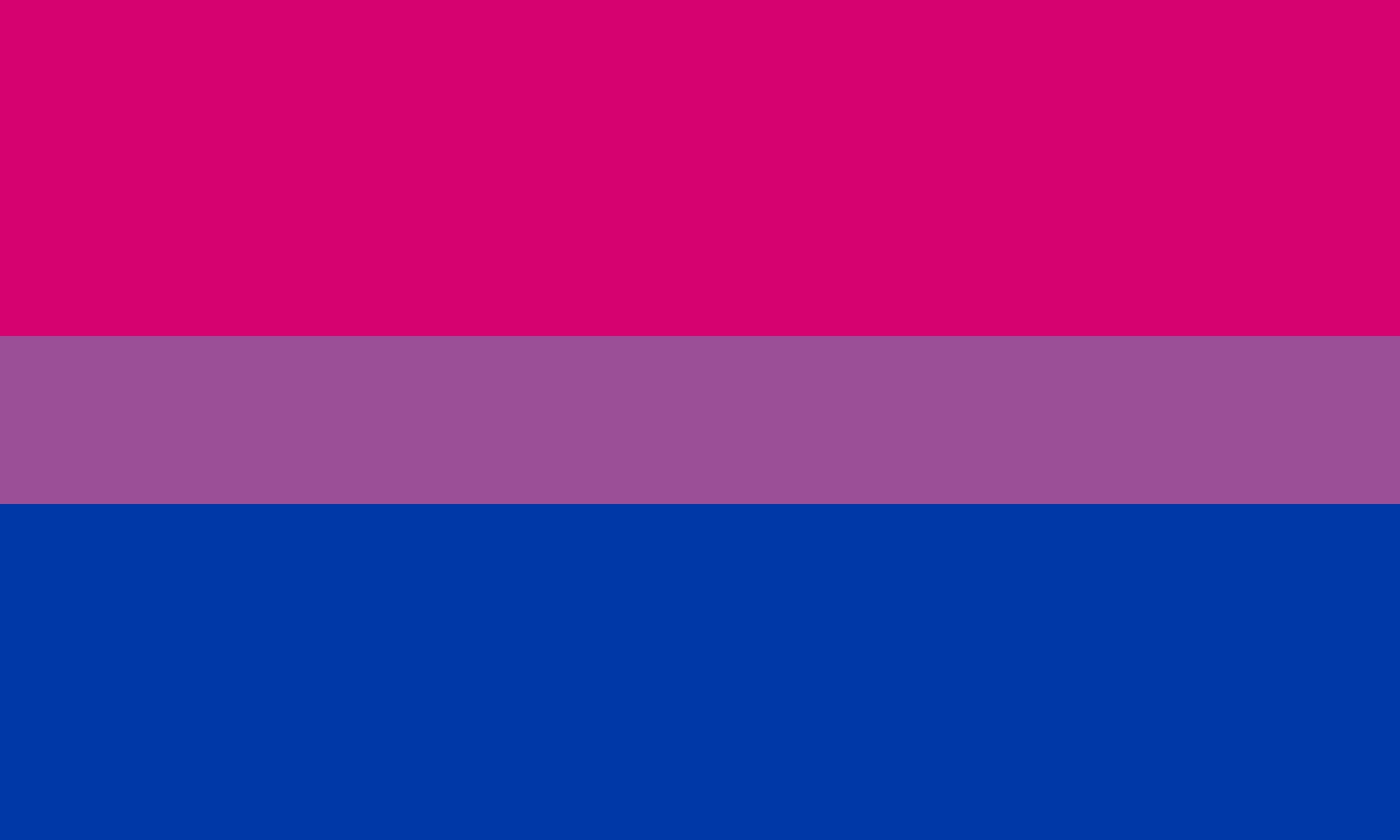 Michael Page, Public domain, via Wikimedia Commons
Michael Page, Public domain, via Wikimedia Commons
B – Bisexual
Bisexuality is when one is attracted to more than one gender. Bisexual people experience romantic and/or sexual attraction to people from the same gender as them, as well as to people with different ones.
One of the most beloved actresses of the all-time favorite show Brooklyn Nine-Nine, is the modern bi-icon Stephanie Beatriz.
Similarly, to everyone on the list so far. Stephanie also realized that she was bisexual at an early age. Unfortunately, throughout the years she experienced biphobia and bi erasure from family and friends. After publicly coming out in June of 2016, Stephanie worked closely with the writer of B99 to help her tell her character Rosa’s own coming out story.
This was an amazing turn of events for the show because most of the time when it comes to LGBTQIA+ representation in the media, it is mostly representation of gay men. Hardly ever is it of lesbian women, and even more rarely is it of bisexual people.
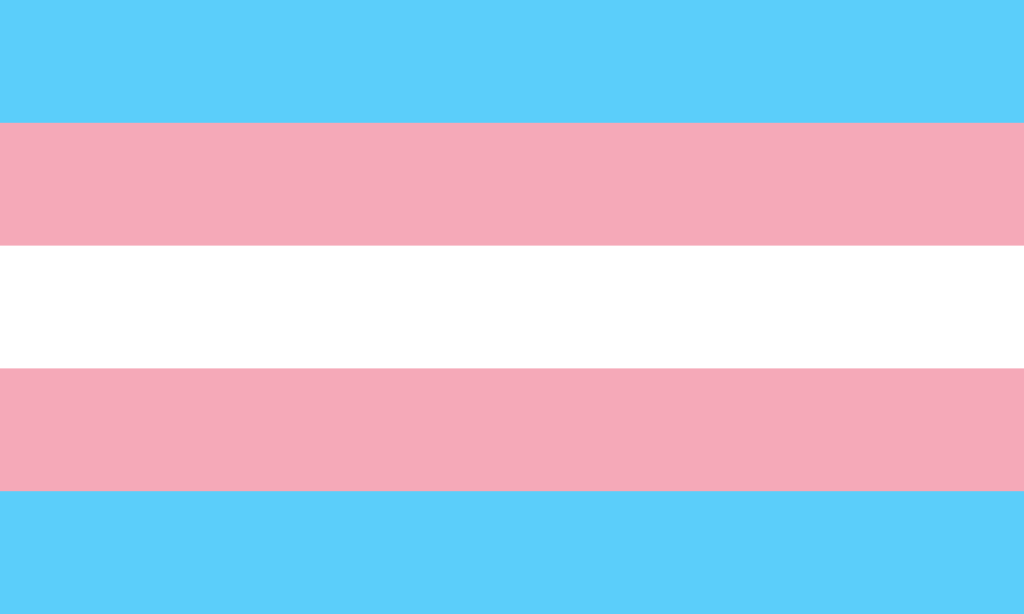 SVG file Dlloyd based on Monica Helms design, Public domain, via Wikimedia Commons
SVG file Dlloyd based on Monica Helms design, Public domain, via Wikimedia Commons
T – Transgender
When a person doesn’t identify with the gender they are born with and undergoes a surgery to change their sex organs, this person is considered transgender. They identify and look like a gender different from the one they were assigned at birth.
In recent years, a remarkable day for the transgender community was marked. When the famous actor Elliot Page previously known as Ellen Page came out as transgender on his social media.
Elliot shared that his decision to speak about his gender identity was prompted by the Covid-19 pandemic and the anti-transgender agenda in politics and media.
His journey of self-exploration and identification began when he was only 9 years old: “I felt like a boy, wanted to be boy. I would ask my mom if I could be someday.”
Thankfully, his wish came true.
Q – Queer
The term Queer is used by people who are not heterosexual or cisgendered. Meaning: they don’t identify with the gender they are born as. LGBTQIA+ people who are not sure how to identify themselves or don’t identify as any other label often use queer to label their sexuality and gender identity.
As recent as last year, the Italian boxer Irma Testa publicly came out. She competed in the 2016 Summer Olympics but didn’t win her first Olympic medal until 2020.
She shared that the term queer perfectly describes her identity. As she is not heterosexual but doesn’t fall under any of the other LGBTQIA+ labels.
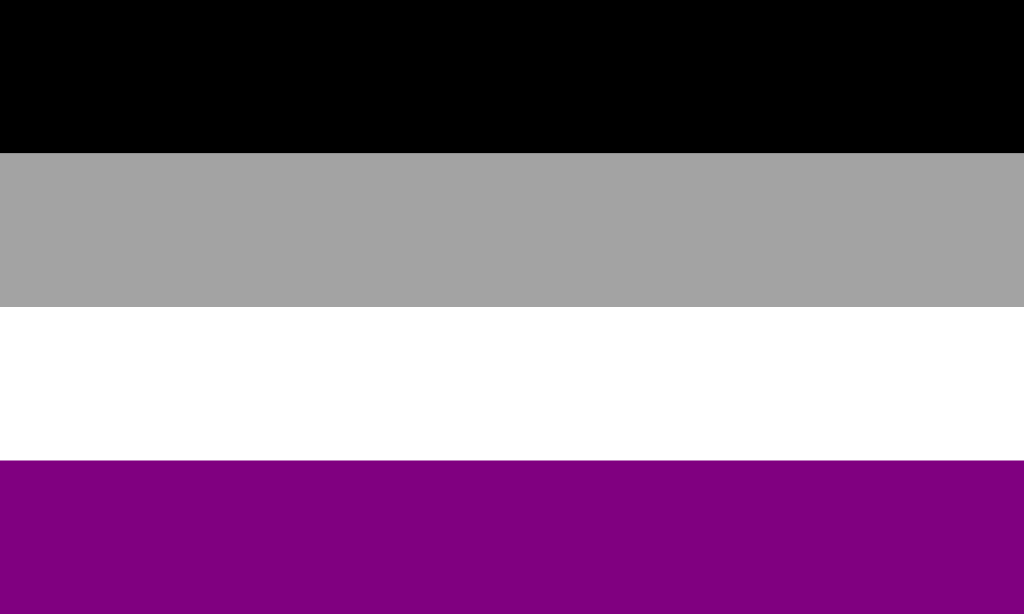 AnonMoos (SVG file); AVEN (flag design), Public domain, via Wikimedia Commons
AnonMoos (SVG file); AVEN (flag design), Public domain, via Wikimedia Commons
A – Asexual
As with most things, asexuality is a spectrum. Different people experience it in different ways. Essentially, the label refers to the lack of sexual attraction. Asexual people don’t experience sexual attraction towards any gender. It is often mistaken with celibacy. But where celibacy is a personal choice, asexuality is the lack of sexual desires towards anyone.
Unfortunately, the LGBTQIA+ community tends to ignore, neglect and even ostracise asexual people. This is why, when English model and activist Yasmin Benoit came out as asexual. She dedicated her platform to promoting the visibility of asexuality and aromanticism (lack of romantic attraction/feelings towards any gender).
“I may not be the first four letters, but I do not relate to the heterosexual experience in the slightest.”
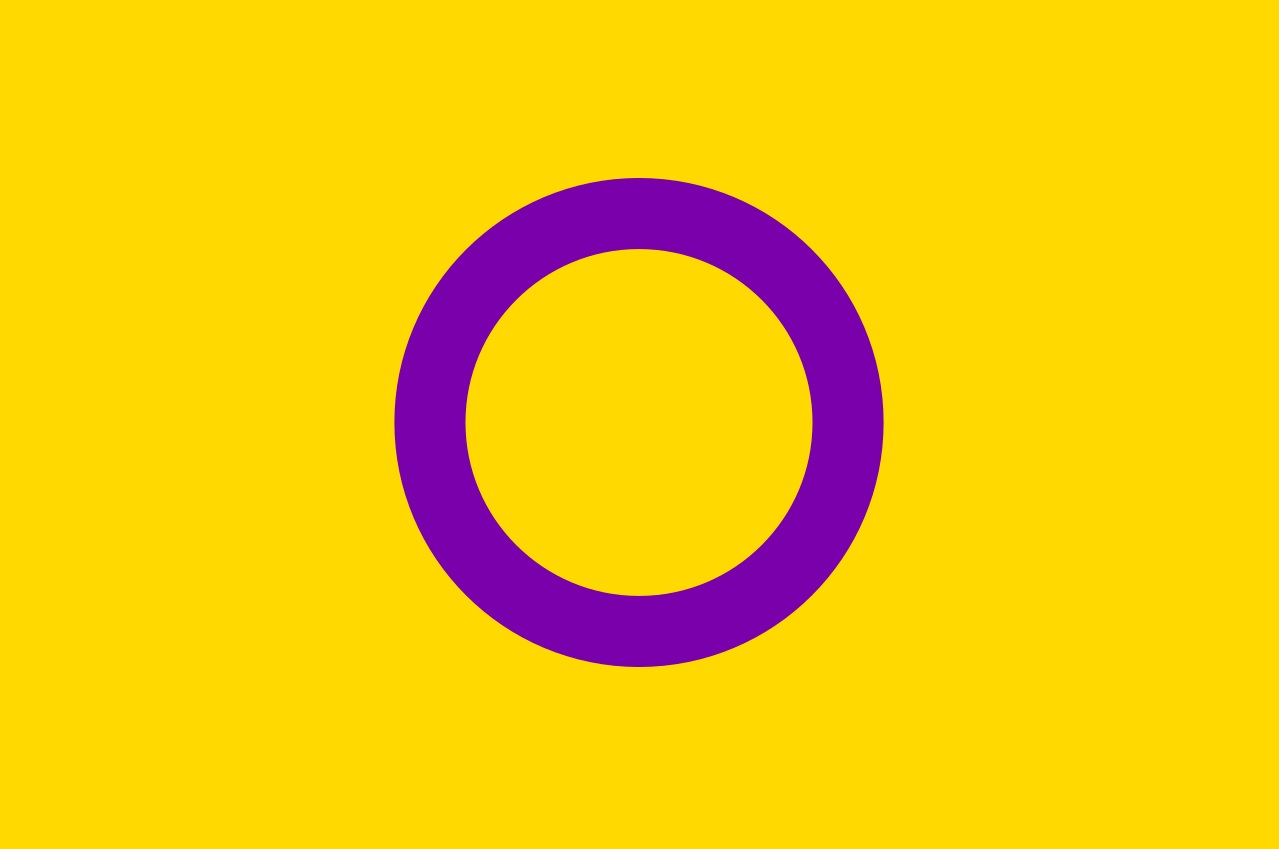 Morgan Carpenter and Intersex Human Rights Australia (SVG file simplification by AnonMoos), CC0, via Wikimedia Commons
Morgan Carpenter and Intersex Human Rights Australia (SVG file simplification by AnonMoos), CC0, via Wikimedia Commons
I – Intersex
Intersex “is a group of conditions in which there is a discrepancy between the external genitals and the internal genitals”. It is a rare condition where people are born with both male and female sex organs.
Because of its rarity and the fact that intersexuality doesn’t fall under the usual binaries of male and female. Intersex people face discrimination and mistreatment, especially in the field of sports.
Caster Semenya is a South-African intersex female runner. Due to the presence of internal testes she has naturally elevated testosterone levels. So, when in 2019 the World Athletics Federation introduced new rules which prevented women like Semenya from participating in certain events. She rightly filed an appeal against the restriction.
In a world where the norm is either being entirely biologically female or male, intersex people find themselves at a disadvantage. Often facing abuse and discrimination just for the way they were born.
Now You Know
For a lot of people, the letters of the LGBTQIA+ abbreviation may seem a bit much. All the labels, sexualities and gender identities may appear as confusing. But this only shows how diverse every human being is. How unique every person is. We should collectively learn how to embrace our differences and celebrate what makes us unique.
We are a long way from achieving perfect equality, but we are definitely on the right track. Just remember, no matter what letter of the LGBTQIA+ you fall or don’t fall under, we are all H’s (human). And should be treating each other as such!
